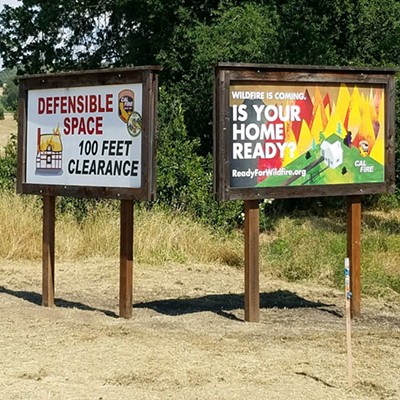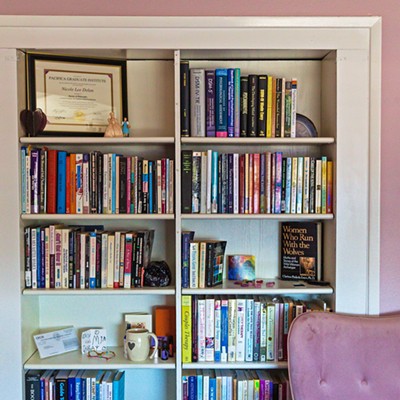A street improvement project in Santa Maria that broke ground last week is set to take until the end of September, and will give some neighborhood streets and sidewalks new life.
Eric Riddiough, the city’s Public Works Department senior civil engineer, explained that the city rates all the streets in town periodically, and determines “what streets need to be addressed or what condition they’re in.”
“With this project specifically we are targeting very low PCI, which means pavement condition index,” Riddiough said. “Those are the streets where the pavement is really in bad shape and we can’t do a surface seal treatment on it anymore.”
A surface seal treatment is a thin top coat used to improve streets that are still in relatively good shape. This project, however, is addressing streets that are “beyond that,” and need what’s called an overlay, Riddilough said. An overlay project, unlike the surface seal treatment, actually resurfaces the roads and makes for longer-lasting results.
In addition to road improvements, the project will also ensure that accompanying sidewalks are ADA compliant.
Riddiough emphasized that the scope of the project was only made possible through Senate Bill 1 (SB 1), a gas tax that passed in 2017.
“This is a hard time for people economically, but the SB 1 has provided much needed funding for the city to be able to do bigger projects like this,” Riddiough said. “Usually a $3 million project is just not something the city would do, but now we’ve doubled our paving budget with SB 1 funds. That’s been much needed, and we’re just trying to play catch-up now because there were a lot of years where funds were taken away.”
Riddiough also noted that there may be other streets in Santa Maria that are in worse condition than those that are targeted in this project.
“I think that’s the hardest thing for people: [They’ll ask], ‘Why aren’t you doing this street? It looks worse than that one,’” he said. “Most likely it’s because it has structural deficiencies and it’s going to take a much bigger project that involves actually reconstructing the road, not overlaying. When there’s a structural failure you have to actually get down below the pavement and dig out the underlying soil and replace it with a base. Those are very costly. We certainly have those projects, but the money just doesn’t go as far.”
To put it into context, Riddiough said that one reconstructing project often costs the same amount of money that it takes to do six or seven overlay projects.
The city’s public information manager, Mark van de Kamp, echoed this point.
“We strive to keep the condition of all our streets and sidewalks in excellent shape, but funding is the limitation. We can’t get to all of them all at once,” he said. “What really helps with SB 1 funding is that it helps us get deeper into the neighborhoods so we can expand the repairs on streets that otherwise may have to wait even longer.”
Past projects aided by tax funding include repairs to Broadway Street, van de Kamp said.
“On Broadway some of the sidewalks were in really awful shape. Now they’re nice and smooth, and wide,” he said. “That’s really good for everyone including those who live with disabilities. It’s easier to get around to a lot of destinations.”
Unfortunately, van de Kamp said, COVID-19 will likely have a negative effect on the city’s ability to fund future projects, as gas tax revenues are falling.
“The stay-at-home order that was in place greatly reduced travel. Fewer people were filling up at the gas stations, reducing the amount of gas and diesel that was sold, and that’s having a detrimental effect on overall revenues,” he said. “However, we still have a large list of project needs and we’ll continue to fund those as we can. … [SB 1] is still viable and it’s still delivering extra funds for these extra projects that we really need.”












